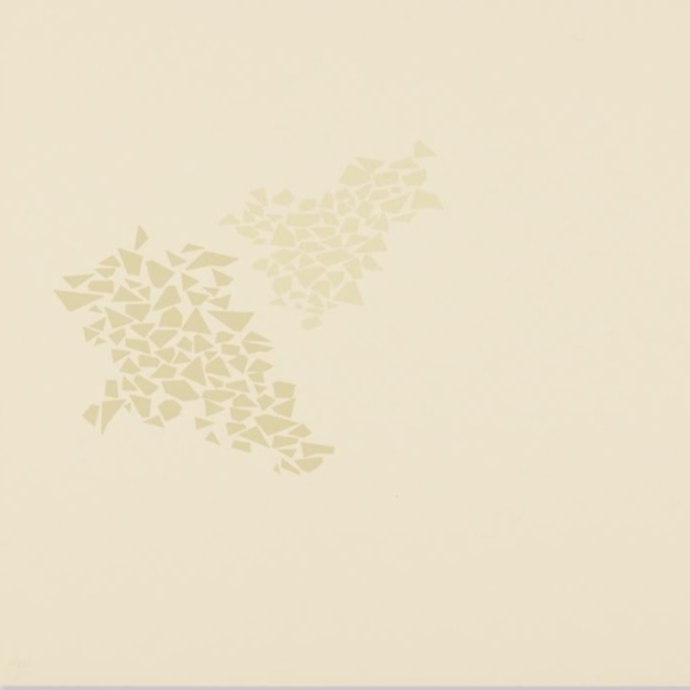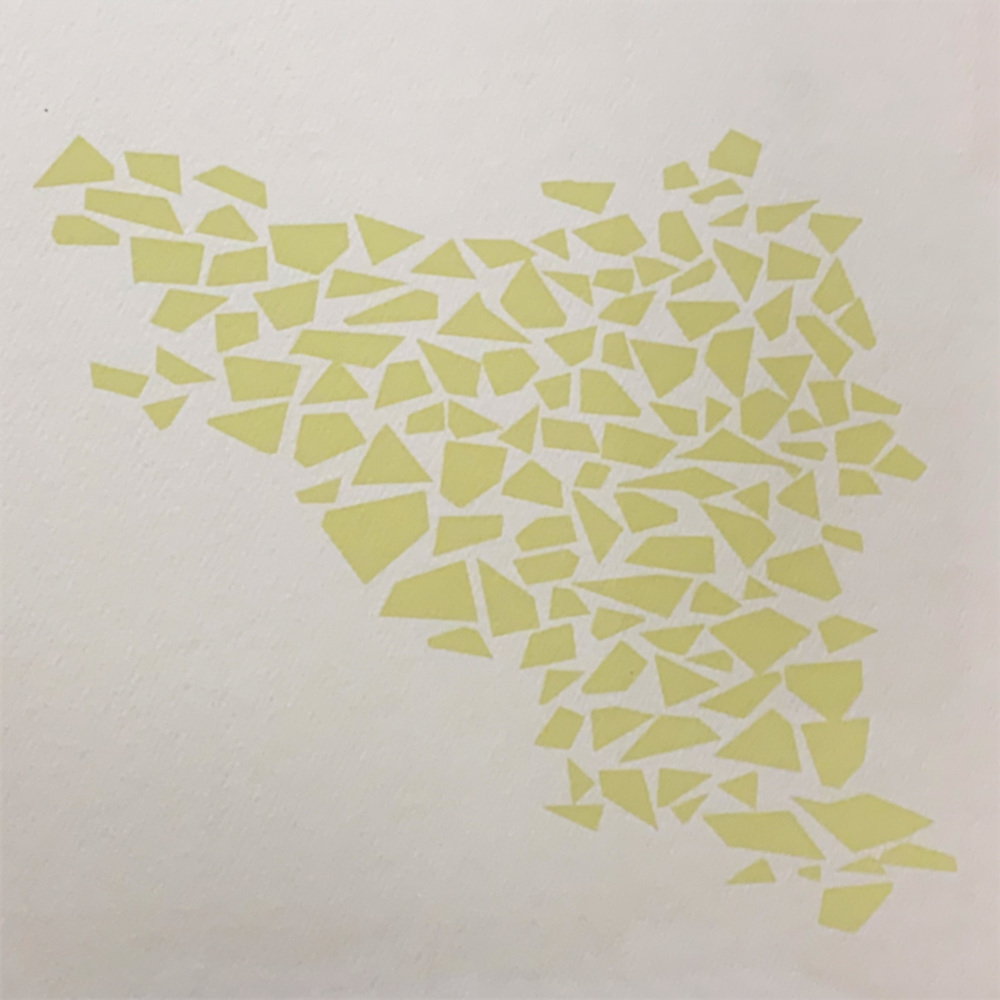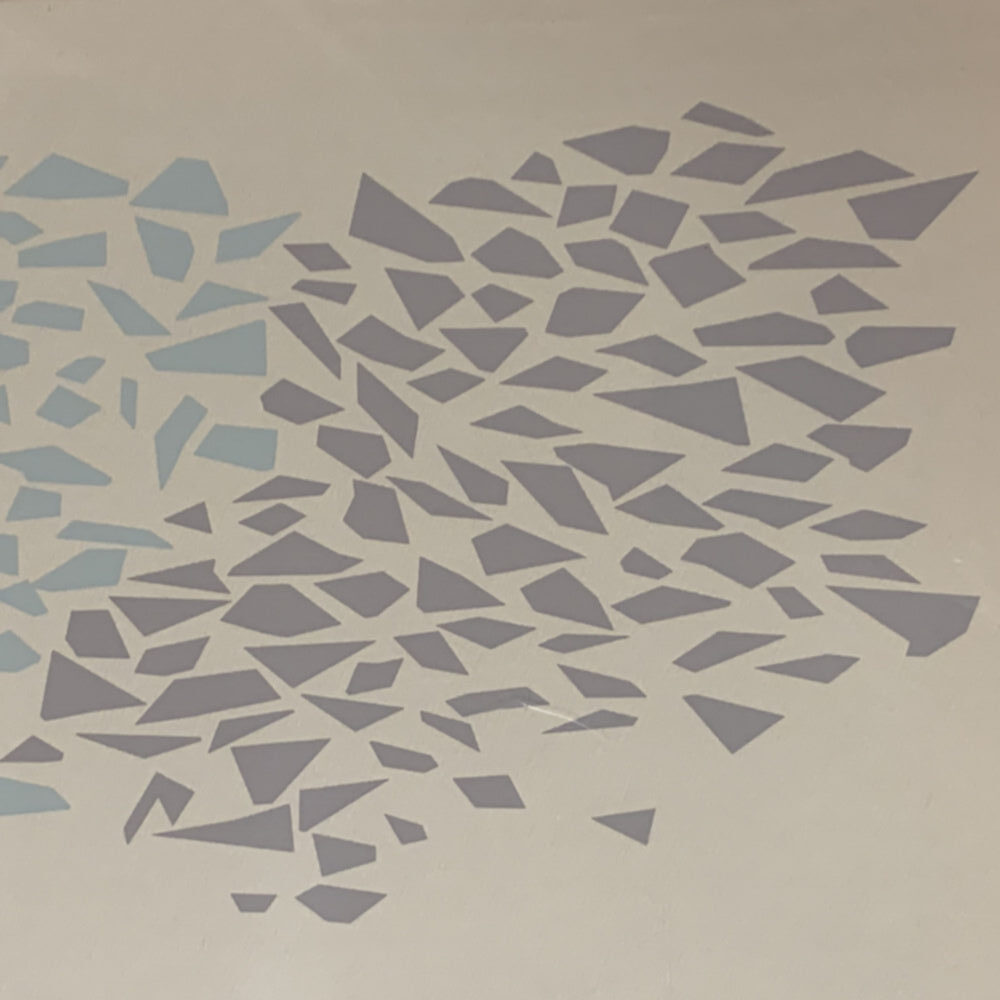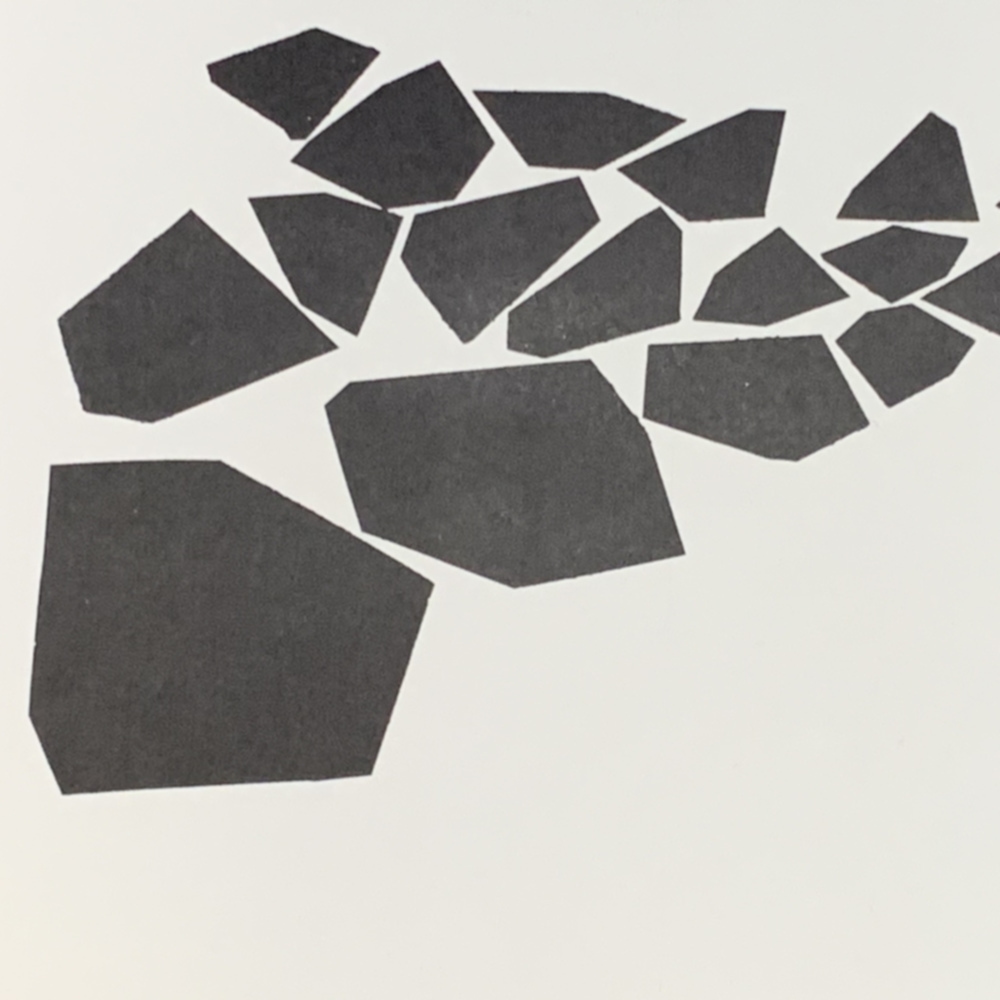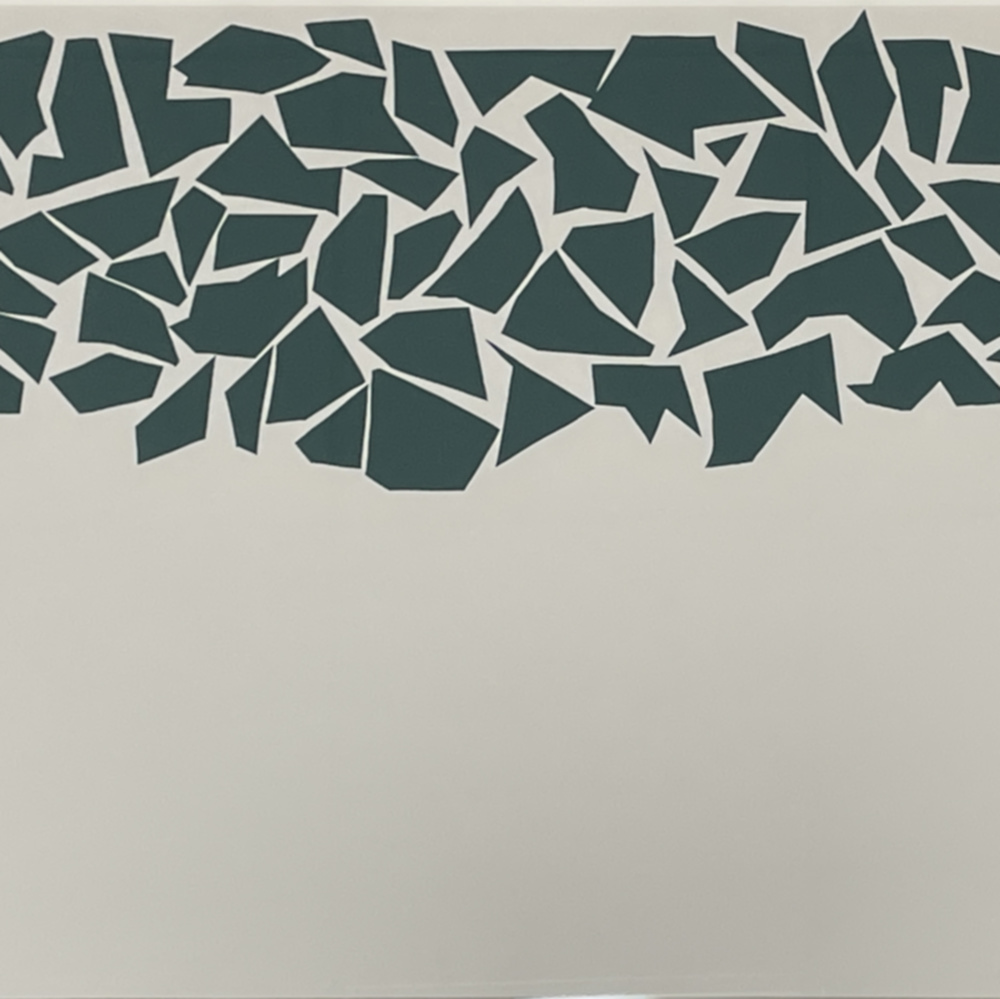Robert Arthur Goodnough was one of the last of the original generation of the New York School.
Education and Early Influences. Goodnough received a fine arts degree from Syracuse University, not far from where his family lived in the Finger Lakes region of New York. After graduating, he was drafted into the U.S. Army, serving in the field artillery where he painted portraits and murals at military installations. In 1946, after the war, he moved to Manhattan where he attended the Ozenfant School of Fine Arts. The influence of Amédée Ozenfant on Goodnough is plain: Ozenfant was one of the founders of Purism, a movement in reaction to the bastardizing of Cubism (which they thought had become too ornamented) which sought a simplified and schematic representation of everyday objects. Goodnough also studied at the famous Hans Hofmann summer school in Provincetown, Massachusetts, where he met the artists Alfred Leslie and Larry Rivers and the monumentally-influential critic Clement Greenberg. Goodnough earned his master’s degree from New York University in 1950 and then began to exhibit his paintings publicly. He worked during this time teaching carpentry at the Fieldston School in the Bronx.
Goodnough’s Early Acclaim. Goodnough was sometimes described as “one of the most underrated artists of his generation”—and was thought to be “under-rated” despite his great critical and commercial successes. In 1950, Greenberg and the art historian Meyer Schapiro selected Goodnough to exhibit in a group show of emerging artists at the prestigious Kootz Gallery. Goodnough was among the 24 artists (from the total of 256 participants) who were included in the 1951 9th Street Art Exhibition—the formative exhibition of the New York School artists—and in the New York Painting and Sculpture Annuals in 1953, 1954, 1955, 1956, and 1957 (thought to be especially prestigious because the participants were chosen by the artists themselves). In 1952, Goodnough had his first solo show, held at Tibor de Nagy. In 1960, and again the next year, he had solo exhibitions at The Art Institute of Chicago. Solo shows followed in 1969 at the Whitney and the Albright-Knox Art Gallery. Over the course of his career, Goodnough had scores of solo exhibitions and participated in hundreds of group exhibitions in the United States and abroad. He would exhibit at the blue-chip galleries Tibor de Nagy and André Emmerich for most of his career.
Goodnough’s Style. Goodnough’s early work, influenced by Mondrian, Matisse, and Synthetic Cubism, deployed patches and strokes of paint that suggested tumult and frenetic activity. In the early 1970s, Goodnough began shifting toward Color Field painting. In “Slate Grey Statement,” one of the first of his works in this new style, pale dashes of color cluster on a ghostly background of silvery gray. In later paintings the bits of color, now jagged, shard-like and prismatic, take flight across the canvas like a flock of birds. In the 1980s, Mr. Goodnough returned to a style not unlike his earliest work, but his pictures with the bits of color are most emblematic of his works.
Perhaps Goodnough was less recognized than many of his peers because his stylistic evolution from vibrant, Cubist-inspired abstractions to Color Field canvases made him one of the least definable members of the second-generation Abstract Expressionists. Even more challenging, his work—kinetic, calligraphic dashes of primary colors in his early career, subtle pastels beginning in the 1970s—often flirted with figuration. In violation of abstractionist orthodoxy, he sometimes embedded images in the complex mesh of what he liked to call “color shapes.”
In 1992, Goodnough was elected into the National Academy of Design as an Associate member in 1992 and became a full Academician a scant two years later. His work is held by countless leading museums world-wide and continues to be pursued avidly by collectors.
